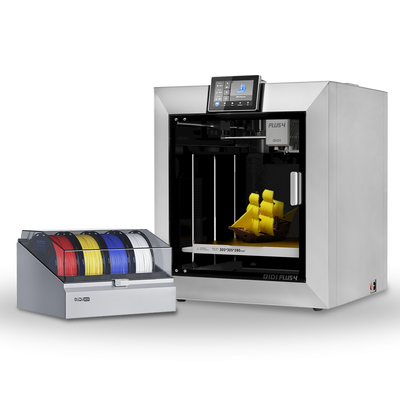61
New from Old / Re: Fitting Vee Guides to the Fanuc Tapecut Model M Wire EDM
« Last post by awemawson on November 13, 2025, 06:52:03 AM »Well Fanuc Wire EDM machine back in comission (*) as of this morning having satisfactorily cut some bits using the new Vee guides. I even gave the polycarbonate water screens a good clean up with Windowlene and the tinwork a clean up with Flash - it fairly well sparkles now 
So no excuses - unbox the P1S combo from it's three boxes. Just spent a while watching set up videos !
* About time too - I started this Vee guide business over five years ago

So no excuses - unbox the P1S combo from it's three boxes. Just spent a while watching set up videos !
* About time too - I started this Vee guide business over five years ago



 Recent Posts
Recent Posts